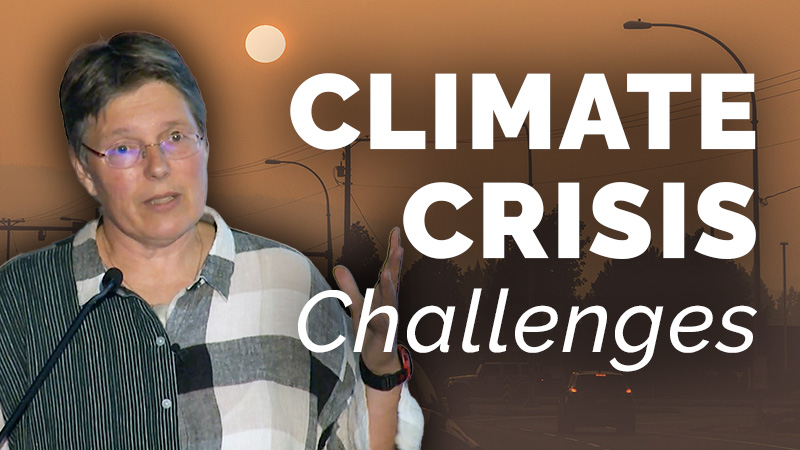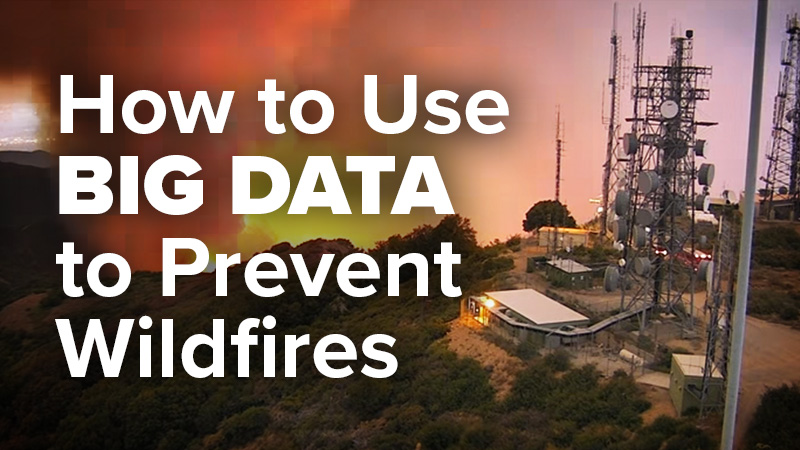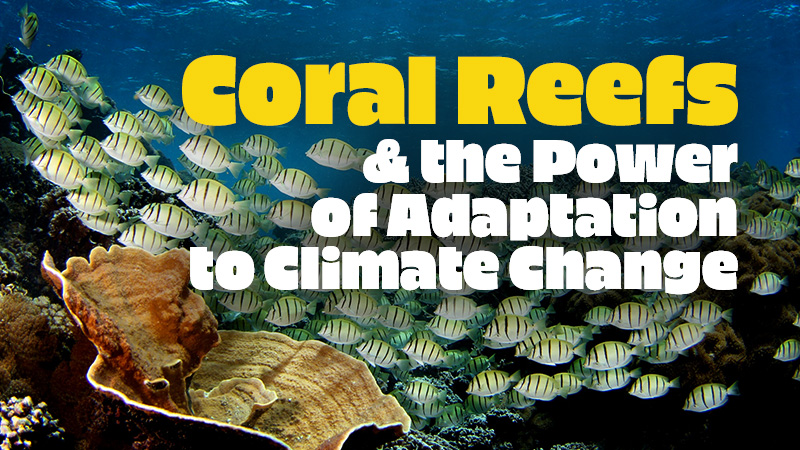-
Rain from a River in the Sky

Have you ever heard your local weather forecaster mention terms like “pineapple express” or “atmospheric river”? These intriguing phenomena might sound whimsical, but they play a crucial role in our weather patterns. So, what exactly are they, and is global warming to blame? What is an Atmospheric River? An atmospheric river is like a giant, […]
-
Facing the Challenges of the Climate Crisis

In the face of the ongoing climate crisis, humanity finds itself at a crucial crossroads. Our planet is experiencing severe changes in weather patterns, rising temperatures, and environmental degradation. It is essential for us to navigate this crisis and take decisive actions to safeguard our future. In her compelling presentation, Antioch University Environmental Studies Professor […]
-
Behind the Scenes of a Unique Ocean Research Simulator

As our climate continues to change, researchers need to understand the complicated chemical, biological, and physical processes that occur at the boundary between the ocean and the atmosphere. The Scripps Institution of Oceanography has a unique tool that allows scientists to simulate varying ocean environments by controlling winds, waves, water chemistry, temperature, light and more. […]
-
Big Data is Helping Firefighters Battle Wildfires

Wildfire activity in the United States is rapidly changing. Many of these changes are felt throughout the West as weather conditions become hotter and drier due to climate change. California continues to experience drought conditions throughout most of the state despite the recent rains. The ongoing drought has led to a dramatic increase in wildfires. […]
-
Coral Reefs Adapting to the Warming Waters of Climate Change

Coral reefs cover less than 1% of the Earth’s surface, yet are estimated to support 25% of marine biodiversity. For the millions of people living adjacent to coral reefs, this productive ecosystem provides important shoreline protection and critical food. Global climatic changes are altering the structure and functioning of many reef ecosystems. Scripps Institution of […]
-
Marine Life Observation on a Changing Planet
Southern California’s coastline spans 840 miles, from the Oregon border to the North all the way South to San Diego. The ocean provides a bounty of essential life-supporting services. Yet, a changing climate and increasing human uses are altering marine ecosystems and their ability to continue to provide this wealth of essential services. Off the […]
-
Observing the Ocean
From beachgoers to surfers to fishermen of all sorts to cargo ships to beachfront communities and municipal wastewater managers, we all need and use information about our local ocean waters. But where does it all come from? The Southern California Coastal Ocean Observing System (SCCOOS) – part of the national U.S. Integrated Ocean Observing System […]
-
Fire, Extreme Rainfall, and Debris Flows: Cascading Disasters in a Changing Climate
As the climate warms across the globe, California is faced with adapting to a range of climate-related challenges – from drought and increased wildfire activity, to more extreme rain events. Many of these climate change phenomena work in concert to trigger catastrophic events such as post-wildfire debris flows like the one that devastated Montecito, California […]
-
Getting Warmer? Ocean Temperatures off the California Coast
Local fishermen, surfers, and beachgoers know that ocean temperatures off California’s coast vary, often expectedly, and sometimes unexpectedly – you know, when the water is suddenly below sixty-degrees in the middle of an August heatwave! Join Scripps oceanographer and remote observation vehicle expert Katherine Zaba to learn how scientists deploy innovative ocean technology and just […]
-
The Art and Science of Atmospheric Rivers and the Changing Hydroclimate of the West
California’s unique geography, with some of the continent’s highest mountains situated close to the broad expanse of the Pacific Ocean helps make California’s precipitation regime the most volatile in the country. This volatility, characterized by large natural swings between drought and extremely rainy years make water resource management in California notoriously difficult. Global climate change […]